Description
Understanding the Market Profile Framework
Although the financial markets can seem chaotic, the Market Profile framework brings structure by organizing price data into a clear, visual distribution.
When you use Market Profile, you’re not just tracking random price action; you’re seeing how prices develop over time to form a market structure. Each session’s price movement gets displayed as a series of letters or blocks, mapping out where the market spent the most time.
This helps you recognize areas where buyers and sellers agreed on value and where price action accelerated or stalled. By studying these distributions, you gain insights into the underlying auction process driving the market.
Instead of getting lost in noise, you’re able to interpret the market structure and understand how price action reveals trader behavior.
Identifying Value Areas and Trade Opportunities
When you analyze a Market Profile chart, your main goal is to spot value areas—the price zones where the market spent the most time and where buyers and sellers reached consensus.
By identifying these value areas, you’ll quickly recognize where the majority of trading activity happened, giving you a clear edge in selecting trade setups. The value area acts as a magnet for price and sets the stage for your trading decisions.
To spot trade opportunities, pay close attention to the price action around value areas:
- Look for price rejection at the edges of the value area for reversal setups.
- Watch for breakouts above or below the value area to catch trend trades.
- Monitor volume spikes inside or near the value area for confirmation of trade setups.
Risk Management Strategies With Balance Trader
To protect your capital and maximize your edge with Balance Trader, you’ll need a disciplined risk management plan tailored to Market Profile trading.
Start by defining your risk per trade and using precise position sizing to guarantee you never overexpose your account. With Market Profile, volatility can shift quickly—so always place stop loss orders just beyond key value areas or market structure points.
Don’t rely on arbitrary stops; base your stop loss techniques on real structural levels identified by the profile. This approach limits losses during unexpected moves and prevents emotional decision-making.
Additionally, regularly review and adjust your risk parameters as market conditions change. By combining effective position sizing with robust stop loss techniques, you’ll safeguard your trading capital and sustain long-term profitability.
Frequently Asked Questions
What Platforms Is Balance Trader Compatible With?
You can use Balance Trader on platforms like NinjaTrader and Sierra Chart. Its features offer seamless integrations, so you’ll enjoy Balance Trader’s capabilities and tools within supported trading software, enhancing your overall trading experience and workflow efficiency.
Does Balance Trader Offer Automated Trading Features?
If you’re looking for automated trading, you’ll find that some platforms let you automate your trading strategies. You can set parameters, and the system executes trades for you, saving time and helping you stick to your plan.
Are There Subscription Fees for Balance Trader?
You’ll need to review the subscription options and pricing details before signing up. They usually outline any recurring fees, so you know exactly what you’re paying for and can choose the plan that fits your trading needs.
How Can I Get Customer Support for Balance Trader?
If you need customer service, you can reach out through various support channels like email, live chat, or the official website’s help desk. You’ll usually find quick responses and helpful solutions to your Balance Trader questions.
Is There a Trial Version Available for Balance Trader?
You’re wondering if there’s a trial version or demo access available. You can usually sign up directly on the website for demo access. This lets you explore the platform’s features before committing to a purchase.



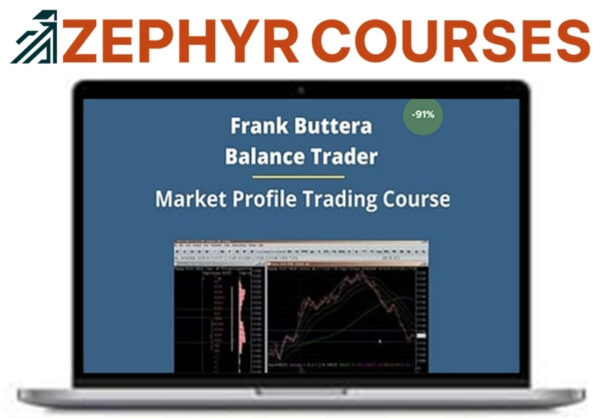





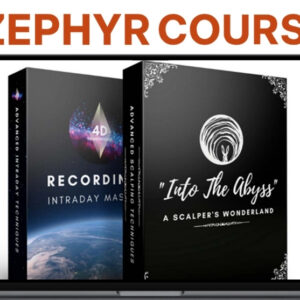
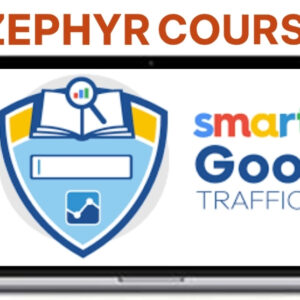
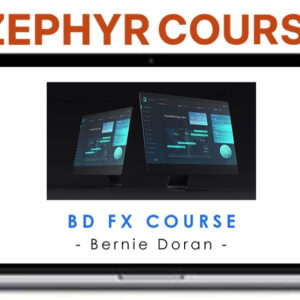
 Bitcoin Brits – The Crypto Course
Bitcoin Brits – The Crypto Course 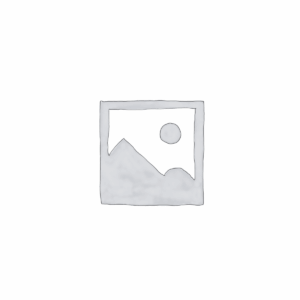 Arielle Phoenix – Bulk Publishing System + AI-Integrated Spreadsheet
Arielle Phoenix – Bulk Publishing System + AI-Integrated Spreadsheet  AI-Content Niche Site Building Course
AI-Content Niche Site Building Course  Bitcoin Trading Practice – Order Flow: Outsmart the Market Maker
Bitcoin Trading Practice – Order Flow: Outsmart the Market Maker  Adil Amarsi – The Email Welcome Sequence
Adil Amarsi – The Email Welcome Sequence  Base Camp Trading – Acclimation Course
Base Camp Trading – Acclimation Course 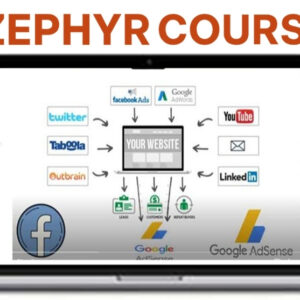 AdSense Arbitrage Course – (Google AdSense + Facebook Ads)
AdSense Arbitrage Course – (Google AdSense + Facebook Ads)  Aidan Booth – Print & Profit
Aidan Booth – Print & Profit  Become a World-Class Coach by Corey Wilks
Become a World-Class Coach by Corey Wilks  AI Revolution Bundle Faceless – AI Digital Creator Bundle
AI Revolution Bundle Faceless – AI Digital Creator Bundle 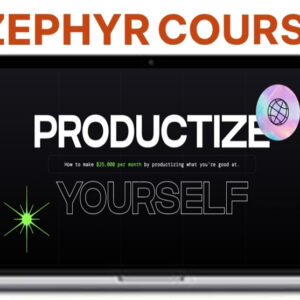 Brett Williams – Productize Yourself
Brett Williams – Productize Yourself  Aidan Booth & Steve Clayton – YouTube Money Equation
Aidan Booth & Steve Clayton – YouTube Money Equation 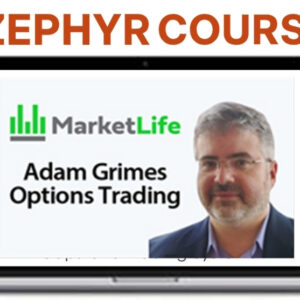 Adam Grimes – Options Course – MarketLife Trading
Adam Grimes – Options Course – MarketLife Trading  Adam Khoo – Black Market Conference
Adam Khoo – Black Market Conference  Alexunder Hess – The Landing Page Mastery
Alexunder Hess – The Landing Page Mastery  Brilliant Marketers – TikTok Mastery Program
Brilliant Marketers – TikTok Mastery Program  Alan Weiss – Alan’s Super Language Practicum
Alan Weiss – Alan’s Super Language Practicum  Curt Maly Ai-Powered Ad Creation: Convert Leads Into Sales
Curt Maly Ai-Powered Ad Creation: Convert Leads Into Sales  Alek Sheffield – The Six-Figure Storefront
Alek Sheffield – The Six-Figure Storefront  Akademie – Volume Trader Course
Akademie – Volume Trader Course  Brian Anderson – Recovery Profit System
Brian Anderson – Recovery Profit System  Alexander Hess – Motion UI Design: Gold
Alexander Hess – Motion UI Design: Gold  Amy Porterfield – Digital Course Academy 2023
Amy Porterfield – Digital Course Academy 2023 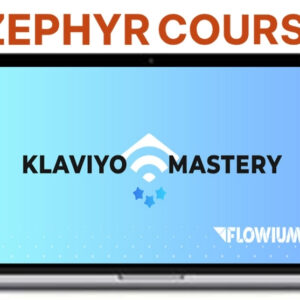 Andriy Boychuk – Flowium: Klaviyo Mastery 2.0
Andriy Boychuk – Flowium: Klaviyo Mastery 2.0  Brian Mark & Cole DaSilva – Change Lives Academy
Brian Mark & Cole DaSilva – Change Lives Academy  Ad World – October 2022
Ad World – October 2022 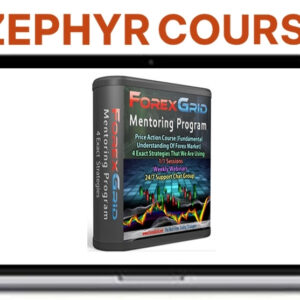 Avdo – ForexGrid Mentoring Program
Avdo – ForexGrid Mentoring Program  Anthony Metivier – Magnetic Memory Method Masterclass
Anthony Metivier – Magnetic Memory Method Masterclass  Alex Berman – IC Framework
Alex Berman – IC Framework  Alen Sehovic & Greg Kononenko – Accelerated Paydays
Alen Sehovic & Greg Kononenko – Accelerated Paydays  Andrew Mioch – Lasting System
Andrew Mioch – Lasting System  Anthony Lee – The Ultimate AI Automation Bundle
Anthony Lee – The Ultimate AI Automation Bundle  Adam Waheed – Creator Circle
Adam Waheed – Creator Circle  AlgoHub – 2023 Full Completed
AlgoHub – 2023 Full Completed  Adil Maf – Payment Processing Secrets
Adil Maf – Payment Processing Secrets  20-Minute Trader – Forex Masterclass
20-Minute Trader – Forex Masterclass  Austin Belcak – LinkedIn Launch Formula
Austin Belcak – LinkedIn Launch Formula  7 Tantric Dates Online Course for Couples
7 Tantric Dates Online Course for Couples  AstroFX 2.0
AstroFX 2.0  Aaron Young – Google Ads Bootcamp
Aaron Young – Google Ads Bootcamp  Aeromir – The A14 Weekly Option Strategy Workshop
Aeromir – The A14 Weekly Option Strategy Workshop